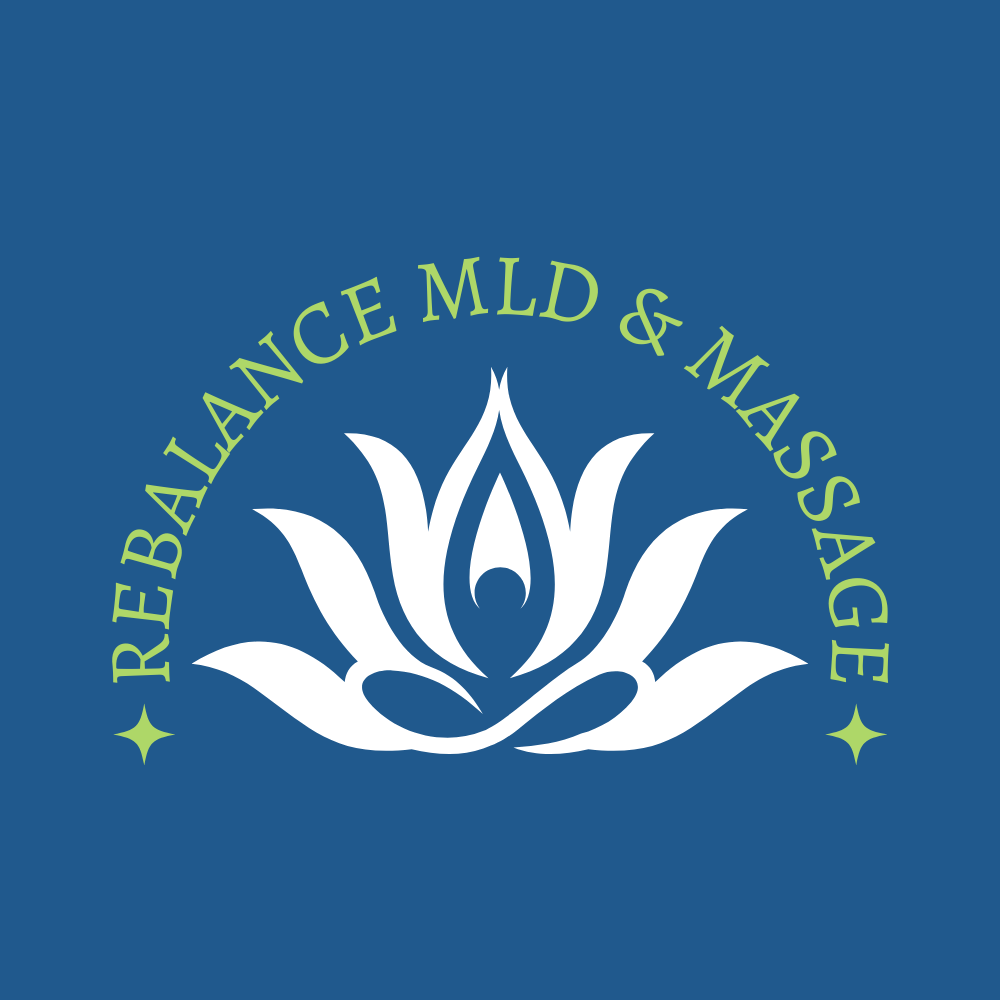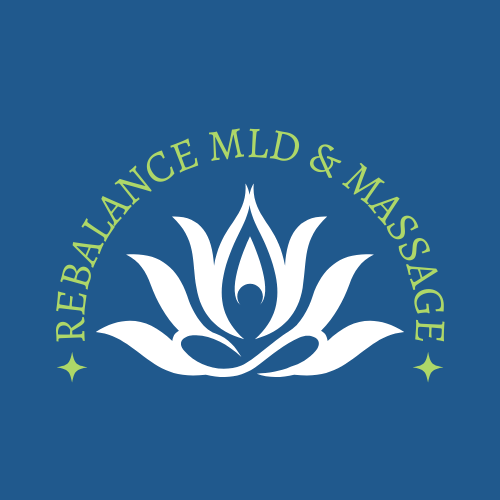Massage During Labor?
When you think of the pain, stress, and struggle that women go through during labor and delivery, you may not exactly think of any association with massage in all of that. However, this is the perfect time to receive massage; whether from your partner or a professional massage therapist who is on call to be with you throughout your labor. Studies have shown time and again that massage before and during labor can help with the process in a variety of ways.
Prenatal massage is fairly well-known along with the benefits that accompany it, such as increased relaxation, decreased anxiety, stress, back and leg pain, and just all around feeling better through pregnancy. Regular prenatal massages can also help assist in the birthing process as it keeps the body in a relaxed state on a regular basis, potentially leading to an easier labor. Many women leave prenatal massage where it’s at, before the big day comes, but there are many benefits of massage while you’re in the midst of labor. Tiffany Field, the director of the Touch Research Institute at the University of Miami Health System, has done several studies on the benefits of massage during labor. When conducting a study of pregnancy and labor massage, the partners of the women were instructed to massage the areas that were most painful (generally the legs and lower back) while the women laid on their side for the first 15 minutes of every hour they were in labor. The women labored for an average of 3 hours shorter, needed less medication, and experienced less pain than normally reported. Who doesn’t want a shorter, less painful labor?
One would think that the pain of labor would overpower the relaxation of massage, but there are a few theories about how massage during labor affects the body. One of the most notable is the Gate Control Theory, which suggests that when receiving a non-painful massage during labor, the body will be flooded with pleasant sensations that will overpower many of the painful sensations.
When receiving massage during labor you can work with a licensed massage therapist who is knowledgeable in the specific needs of pregnant women, or your partner can complete the massage. When your partner is massaging you during labor, it is important that they are taught some techniques by a professional massage therapist who will show them the areas to focus on, specific strokes and techniques, tips to keep from hurting or tiring their hands, as well as some positioning ideas. Receiving a massage during labor by a loved one may bring more comfort to the mother during labor due to the familiarity, and can be a special time to bond for mother and partner. This is also a wonderful way for your partner to feel like they’re contributing to a process that can leave many feeling helpless and on the sidelines.
There are several different techniques that can be used to massage a mother during pregnancy and labor. Here’s just a few...
Kneading: slow meaningful kneading in the shoulders, low back, thighs, and hips can help reduce tension. Take your hand and leaving your palm accessible, fold your fingers down. Apply gentle pressure by grabbing the muscle between the heel of the hand and closed fingers. Squeeze the muscle slowly and firmly, release, and repeat, moving across the entirety of the muscle.
Stroking: Use a lotion, oil, or cream that allows a good glide, but has just a bit of tackiness to provide some grip. Applying firm pressure with the palm of your hand, stroke from shoulder to hip and thigh to knee. Use both hands, making sure one stroke begins before the other ends. Keeping constant contact is important. Let the mother guide you to the areas she is dealing with the most pain.
Direct Pressure: Fold your fingers flat against the palm of your hand, keeping your wrist straight. Use the flat back of your fingers and knuckles to press into the mother’s painful area. You can use your body weight to lean deeper if more pressure is needed. You may also use the heel of your hand, however that may be uncomfortable on the wrist when used for longer periods of time.
Reflexology: Using your hand to apply pressure in certain areas of the hands and feet may help relieve pain in other parts of the body. If you can’t get some lessons on which points to apply pressure to and how to do it effectively, a general foot massage can still help distract the nervous system, allowing those relaxing sensations to overpower some of the painful ones.
Whether performed by a licensed massage therapist or a loved one, massage during labor has been shown to help a mother mentally and physically through one of the biggest moments of her life. If you’re preparing for your big day, or that of a loved one, talk to us about how we can help you integrate massage into the labor process.
Resources:
https://www.ncbi.nlm.nih.gov/pmc/articles/PMC2870995/
https://evidencebasedbirth.com/massage-for-pain-relief-during-labor/
https://www.massagemag.com/massage-during-labor-may-delay-epidural-use-12405/
https://www.massagemag.com/can-massage-reduce-labor-pain-29103/
https://americanpregnancy.org/labor-and-birth/relaxation-techniques/
https://www.beaumont.org/treatments/massage-during-labor
https://www.mayoclinic.org/healthy-lifestyle/stress-management/in-depth/massage/art-20045743

